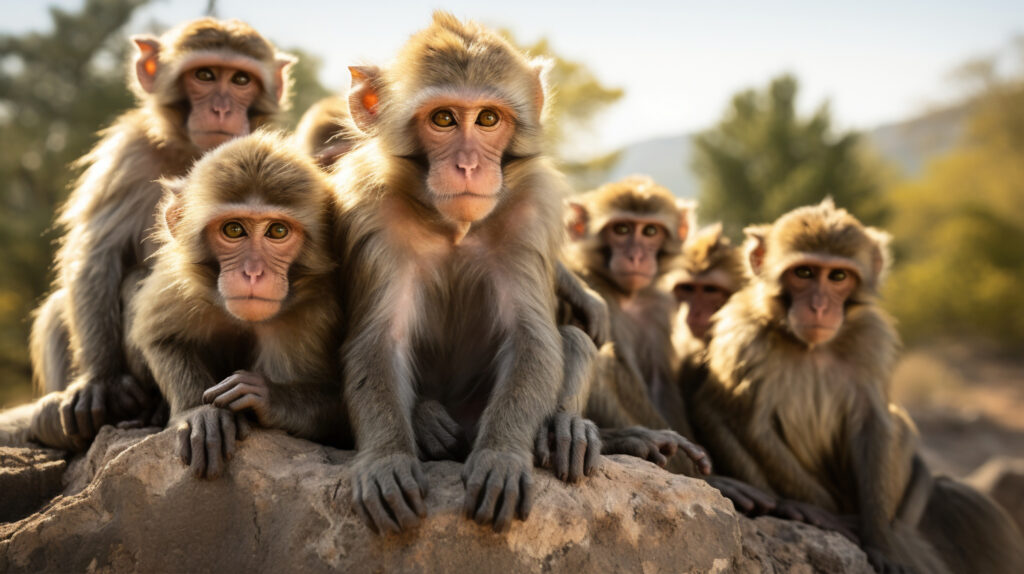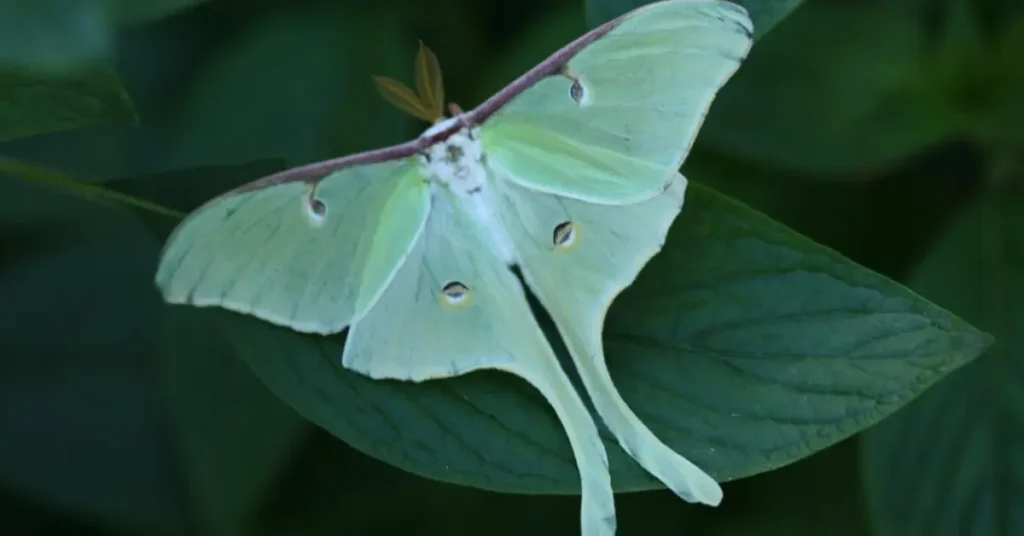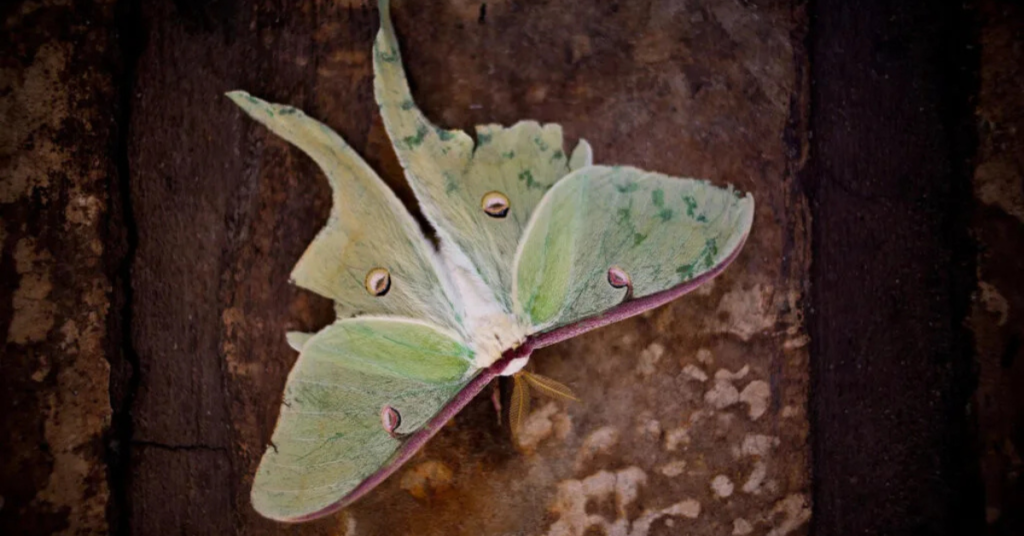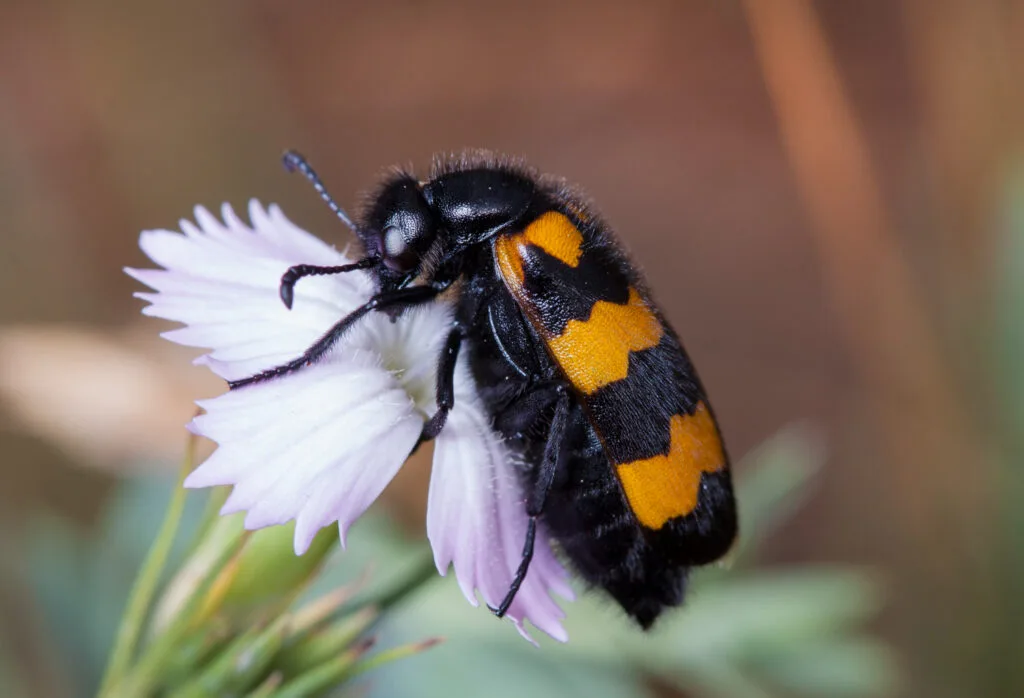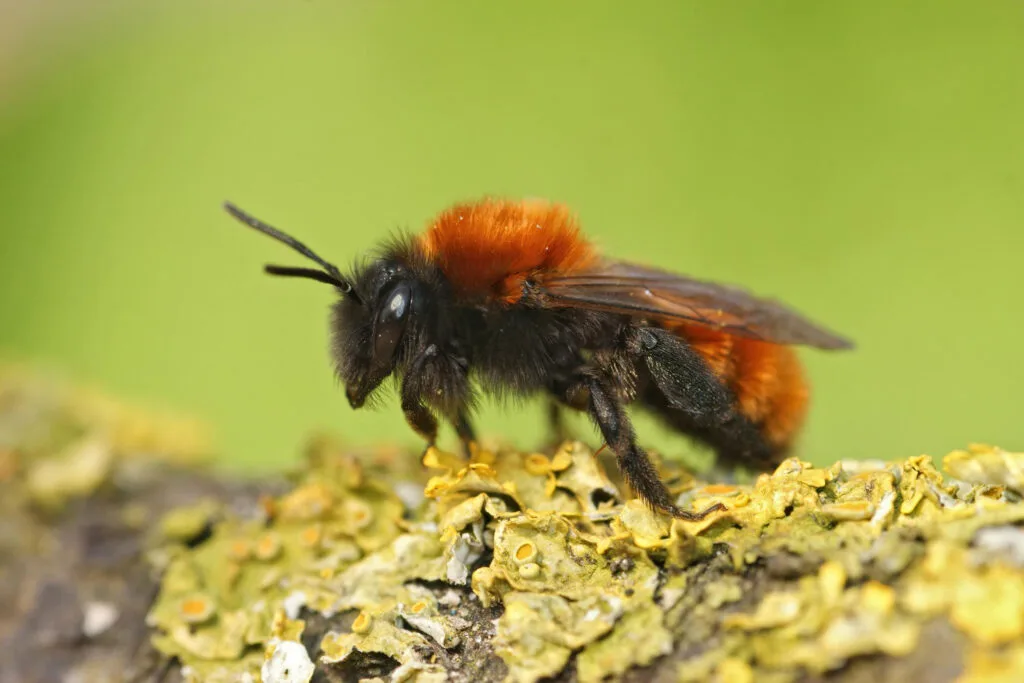Table of Contents
Toggle1. Capuchin Monkey (New World)
Found in: Central and South America
Lifespan: Up to 40 years in captivity
Diet: Fruits, insects, small animals
Capuchins are highly intelligent, curious, and social. They use tools, solve problems, and are even known to wash their food. Often seen in wildlife documentaries and films, they are one of the most recognisable types of monkeys and thrive in both wild and captive environments.
They live in large troops with complex hierarchies and are constantly communicating using facial expressions, vocalisations, and body language.

2. Mandrill (Old World)
Found in: Rainforests of Cameroon, Congo, Gabon
Lifespan: Around 20 years
Diet: Roots, fruits, insects, small vertebrates
Mandrills are perhaps the most visually striking types of monkeys. With their electric blue and red snouts and golden beards, they look like they stepped out of a fantasy world. These monkeys are large, powerful, and typically travel in groups called “hordes,” which can number into the hundreds.
Despite their fearsome look, mandrills are often shy and prefer forest life, though they can defend themselves fiercely when threatened.

3. Howler Monkey (New World)
Found in: South America, especially Brazil and Argentina
Lifespan: 15 to 20 years
Diet: Leaves, fruit, flowers
Known for their thunderous vocalisations, howler monkeys can be heard echoing across rainforests from miles away. Their enlarged hyoid bone allows them to create deep, guttural calls used for marking territory and maintaining group cohesion.
Among the more relaxed types of monkeys, they spend much of their time resting due to their low-energy diet of leafy greens.

4. Japanese Macaque (Old World)
Found in: Japan’s forests and mountains
Lifespan: Up to 30 years
Diet: Fruits, roots, insects, small animals
Also known as the snow monkey, this species is unique among all types of monkeys due to its cold habitat. Famous for bathing in natural hot springs during snowy winters, they exhibit a strong culture — passing down knowledge from generation to generation.
Japanese macaques live in matrilineal societies with dominant females leading family groups. Their expressive faces and emotional range are astonishing.

5. Spider Monkey (New World)
Found in: Central and South American rainforests
Lifespan: 22–25 years
Diet: Primarily fruit, but also seeds and insects
Spider monkeys are long-limbed and agile, using their tails like a fifth limb to swing through dense forest canopies. Their social nature and acrobatic grace make them one of the most entertaining types of monkeys to observe in the wild.
Unfortunately, habitat loss and hunting have made many spider monkey species endangered.

6. Proboscis Monkey (Old World)
Found in: Borneo, especially mangrove swamps
Lifespan: 13–20 years
Diet: Leaves, seeds, unripe fruit
With its comically large nose, the proboscis monkey is one of the most unusual types of monkeys in existence. Males have larger noses, thought to enhance their calls and attract mates. These monkeys are also excellent swimmers and often leap into rivers to escape predators.
They live in small groups led by a dominant male and are active both day and night.
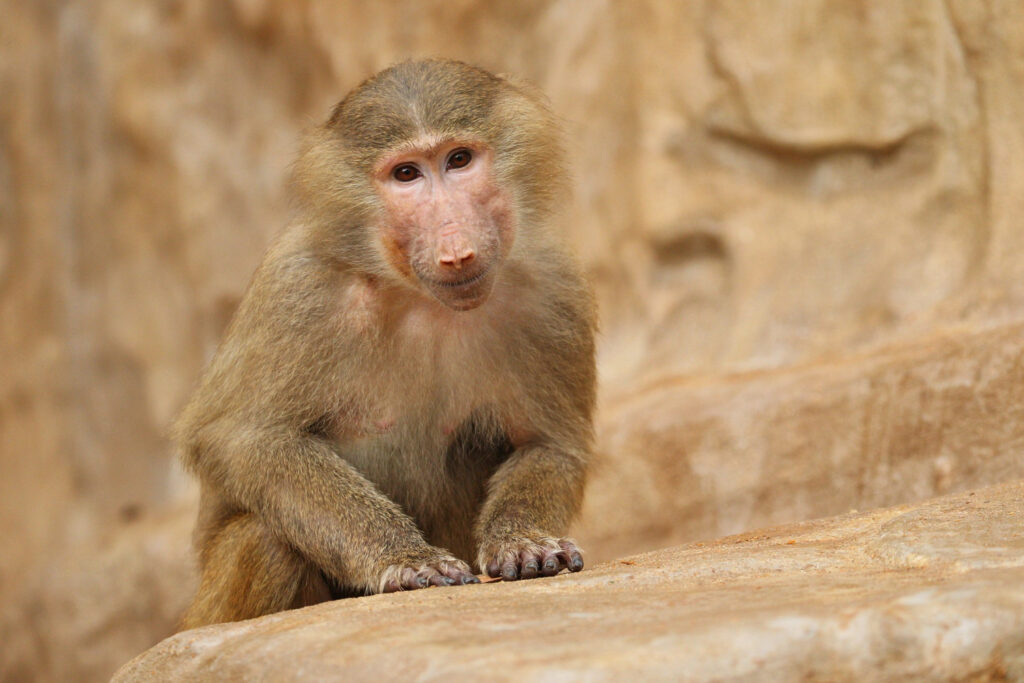
7. Golden Snub-Nosed Monkey (Old World)
Found in: High-altitude forests of central China
Lifespan: Around 20 years
Diet: Lichens, buds, bark, fruits
Covered in a thick golden coat with a vivid blue face, this rare species survives in freezing mountainous areas. These types of monkeys form large troops that may include hundreds of individuals and exhibit strong bonds, often huddling for warmth during cold winters.
They are considered an endangered species due to habitat fragmentation and deforestation.

8. Tamarin Monkey (New World)
Found in: Amazon Basin
Lifespan: 8–15 years
Diet: Fruits, nectar, insects, small animals
Tamarins are tiny, agile monkeys with distinctive facial features, such as moustaches or wild manes. Some species, like the Emperor Tamarin, resemble old men with regal expressions. Despite their size, these types of monkeys are bold and live in small family groups that often work together to protect their territory.
They’re particularly important in forest ecosystems for seed dispersal.

9. Vervet Monkey (Old World)
Found in: Sub-Saharan Africa
Lifespan: Up to 24 years
Diet: Fruits, flowers, seeds, small insects
Common in savannahs, forests, and even near human settlements, vervets are among the most studied types of monkeys. They use different alarm calls to warn of specific predators (e.g., snakes, eagles, or leopards), showing a primitive form of symbolic communication.
Males have distinct blue scrotums, which play a role in social signalling.

10. Squirrel Monkey (New World)
Found in: Forests of Brazil, Colombia, and Peru
Lifespan: 15–20 years
Diet: Fruits, insects, leaves
These pint-sized primates are quick, clever, and highly social. Living in troops of up to 500 individuals, squirrel monkeys are constantly on the move and communicate using a complex system of chirps and gestures.
Among the cutest types of monkeys, they’re often seen in zoos and research facilities due to their manageable size and lively temperament.

Conservation and Coexistence
Many of the world’s types of monkeys face serious threats from habitat destruction, poaching, and the illegal pet trade. Organisations across the globe are working hard to preserve forests, enforce protections, and promote responsible tourism.
You can support monkey conservation by:
- Donating to wildlife charities
- Avoiding products linked to deforestation
Supporting ethical wildlife experiences
Conclusion
Whether it’s the bold tamarin, the peaceful macaque, or the mighty mandrill, the world of monkeys is full of surprises. Each of these 10 types of monkeys offers a glimpse into the complexity of life on Earth. From their intelligence to their tight-knit families, these primates reflect both the fragility and resilience of nature.
As you’ve seen, monkeys are more than just jungle dwellers — they are thinkers, leaders, caregivers, and survivors. By learning more about different types of monkeys, we take a small but meaningful step towards protecting them.
So, which one was your favourite? Let us know and keep exploring.

